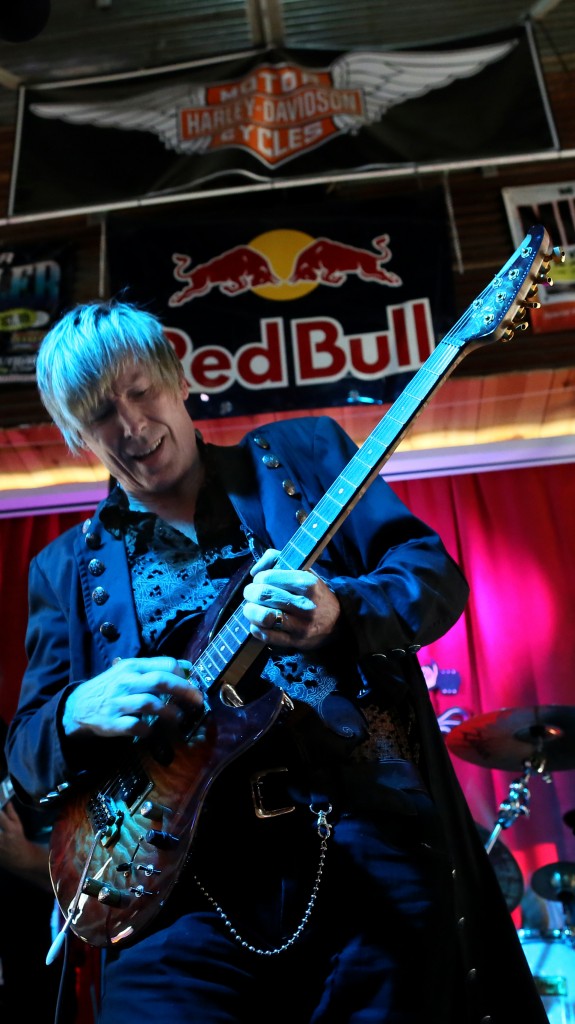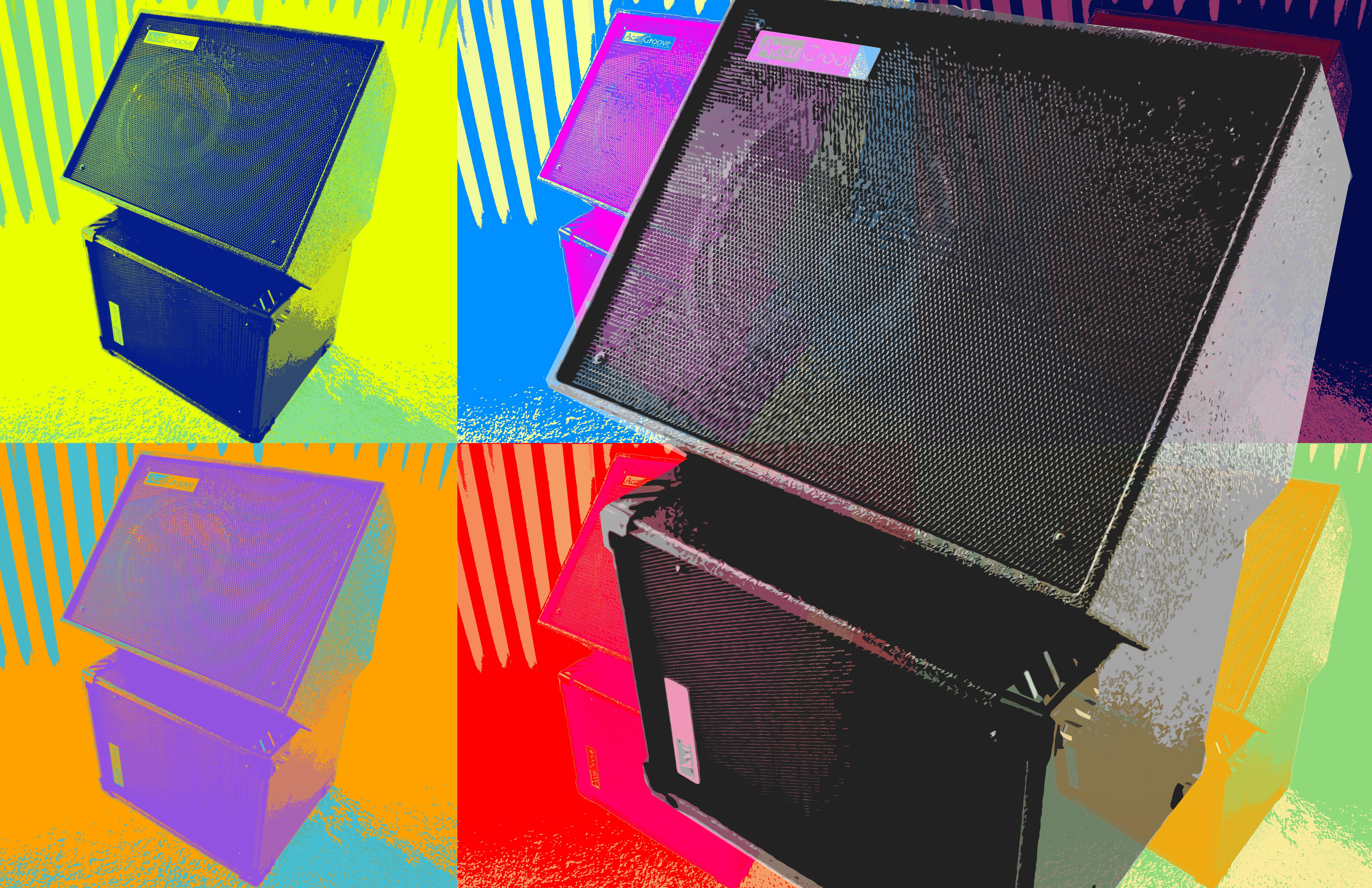Throughout my music career, I have always been in a quest for better tone. Even in the earliest stages of my musical development on guitar, I was drawn to musicians over entertainers, and particularly those that sounded incredible. Whether it was the singer that had range, or had overall emotional impact, or the guitarist that had “it”: licks, technique, feel, that undeniable original voice on their instrument, and TONE.
Players such as Pat Metheny, Jaco Pastorius, Miles Davis, Jeff Beck, Jimi Hendrix, Jan Hammer, Larry Carlton, (and countless others) made a huge impression on me, as I was formulating my ideas of what drew me to music over other arts.
One unifying aspect of all great musicians, regardless of genre, is their sonic tone. It’s driven some musicians to drink, and others to near insanity searching for it.
While some seem to always have this dissatisfaction regarding their tone, it made such an impression on me that it constantly drove me to look for the next big thing such as a more expressive amp, wilder effects pedals, another guitar, ad nauseum. I suppose for some musicians, they will always be on that quest and nothing will ever be good enough. So be it.
 Over the years I have been asked by many music companies to have me consult for them to help create, or refine amps, guitars or pedals and thatʼs taken me all over the globe to over 65 countries. Manufacturers (like players) everywhere are drawn to find great tone, sometimes they find it going down their own path creating unorthodox instruments and unusual effects (the Ebow was one of those great and unusual creations).
Over the years I have been asked by many music companies to have me consult for them to help create, or refine amps, guitars or pedals and thatʼs taken me all over the globe to over 65 countries. Manufacturers (like players) everywhere are drawn to find great tone, sometimes they find it going down their own path creating unorthodox instruments and unusual effects (the Ebow was one of those great and unusual creations).
My journey took me down a road where, a few years ago, I tried out an Axe FX Ultra and it was the first time I heard a modeling guitar preamp actually show promise. When the Axe FX II arrived that changed everything for me, I was able to dig in and start to find tones that I heard in my head, but hadnʼt yet found on my instrument.
In my quest for sonic bliss, it quickly became obvious that the cabinet was going to be an equally important part of the equation. I met tone guru Mark Wright in 2009, president of AccuGroove, creating bass cabs that “were just like studio monitors, but on steroids.” Being a road warrior, studio owner and session player himself, they piqued my interest. I asked whether he could create a guitar cab, and he responded with a resounding “Yes!”
When I first heard the Full Range-Flat Response cabinets (36Hz – 18KHz), I was amazed at the clarity. Mark shared some perspective, “We all know that a luthier building a custom bass can change the tone and playability by opting for a different bridge, preamp, pickups, pickup placement, frets, neck (bolt-on or neck-through), body wood, strings, etc.
In the same way, there are at least 31+ different physical parameters, component materials and Thiele/Small parameters that make up the characteristics of a speaker driver.
A few examples are power handling, frequency response, impedance, Xmax (maximum linear excursion) and SPL (sensitivity). An array of building materials can be used for the voice coil, magnet basket, type of cone edge, etc. Change any one of these and youʼve just changed the tone of the driver and the cabinet.” I continued touring with my cabs that Mark had built for me, and everywhere I travelled, musicians were commenting positively about the tone of my cabs. In 2013 it eventually became a logical choice joining forces with Jim Sletner and its founder to create AccuGroove LLC and broadening the line to include guitar cabs, both traditional guitar cabs and the FRFR cabs, along with the bass line of cabs that AccuGroove had become well known for.
As I continue to tour the globe and spread the word about AccuGroove, I’m also educating players to expand their minds as they search for THEIR own tone. I’ll leave you with this Billy Holiday quote. She said it very well: “You can’t copy anybody and end with anything. If you copy, it means you’re working without any real feeling. No two people on earth are alike, and it’s got to be that way in music or it isn’t music.” Hear, hear Billy…we’ll keep questing for our own tone!
AccuGroove 3-Way Espresso Wedge Cab Specs:
1 – 12” custom lightweight neo-woofer with die-cast aluminum frame
1 – 6” mid range
2 – soft textile dome tweeters with circuit breaker protection
2 – speakons/1/4” combo Jacks
Freq. Re. & SPL: 39 Hz – 18 kHz (36 Hz@-6db) 100 dB SPL
Dimensions: 23 ½” W x 18”H x 16 1/8”D
Weight: 29.8 lbs
Power Rating: 400 watts RMS @ 8 Ohms
AccuGroove 3-Way Latte Cab Specs:
1 – 12” custom lightweight neo-woofer with die-cast aluminum frame
1 – 6” mid range
2 – soft textile dome tweeters with circuit breaker protection
2 – speakons/1/4” combo jacks
Freq. Re. & SPL: 39 Hz – 18 kHz (36 Hz@-6db) 100 dB SPL
Dimensions: 16 ½” W x 21 ¼”H x 17 ¼”D
Weight: 31.4 lbs
Power Rating: 400 watts RMS @ 8 Ohms
AccuGroove 4 Way El Whappo Cab Specs:
1 – 15” custom die-cast aluminum neo sub-woofer
1 – 12” Custom die-cast aluminum neo mid-woofer
1 – 6” mid range
2 – soft textile dome neo tweeters with circuit breaker protection
2 – speakons/1/4” combo jacks and removable 2.5” pop-in casters
Freq. Re. & SPL: 35 Hz – 18 kHz (29 Hz@-6db) 102 dB SPL
Dimensions: 32 ¼ H x 24 ¾ W x 18 ¼ D
Weight: 58 lbs.
Power Rating: 800 watts RMS @ 4 Ohms


